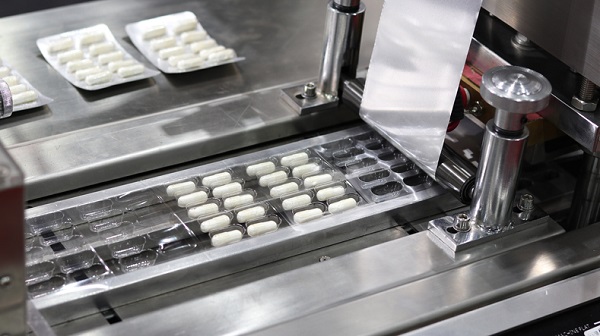 The pharmaceutical industry is an innovative and rapidly evolving sector, but one area of advancement that some pharmaceutical students may be less familiar with is the recent and ongoing development of smart packaging.
The pharmaceutical industry is an innovative and rapidly evolving sector, but one area of advancement that some pharmaceutical students may be less familiar with is the recent and ongoing development of smart packaging.
Smart packaging can be used for a number of purposes. It could help increase patient compliance, which is a benefit not only for pharmaceutical companies but also for patients themselves. It could offer a form of validation to help consumers steer clear of counterfeit drugs, which can pose substantial health risks. It could also offer consumers information about whether a product has been tampered with and whether it’s fit for consumption, or offer manufacturers more information to assist with logistics and stock control.
But what is smart packaging and how does it work? For pharmaceutical students interested in what this could all mean down the road, here’s a quick look.
Two Categories of Smart Packaging: Active and Intelligent
There are at least two broad categories of smart packaging.
The first is called active packaging, which is designed to improve the product contained within. One example is moisture control packaging for medications with high moisture sensitivity, which can protect the medication and extend its shelf life.
The other category of smart packaging is what’s called intelligent packaging, which is capable of collecting data and/or communicating with the user. This would include, for example, packages that alert users to an approaching expiration date.
What Makes Smart Packaging Possible
Many technological advancements were necessary to make smart packaging possible. These include advances in sensors, radio-frequency identification (RFID), programmable alerts, electronic anti-tamper safeguards, and tracking systems.
Another significant area of progress that’s contributed to the advancement of smart packaging is the development of printed circuits. Printed circuits use conductive inks rather than wires, which makes them particularly suitable for use on packages. By using printed circuits and antennae in combination with near field communication (NFC) or RFID chips, sensors, and displays, manufacturers can create packaging which serves a range of functions.
Students in Pharmaceutical Training Should Know the Possible Benefits
One example of smart packaging called Phuturemed, created by Palladio Group and E Ink Holdings, is capable of monitoring the ambient conditions of a medication in order to inform users, through a small display inset on the packaging, whether the medication has been compromised. It can also be used to record the times when a package has been accessed, in order to track a patient’s use of medication, potentially helping to increase patient compliance by reminding patients when they haven’t taken their medication.

Smart packaging can detect when a medication has been accessed
Students in pharmaceutical training might also be interested in a product called OpenSense tags, developed by Thinfilm Electronics, which use NFC technology to communicate information about a product’s state wirelessly. Users can tap their NFC-enabled smartphone to the package and receive the information instantly. This technology can be used in over-the-counter medications, for example, to detect whether a package has been opened or not, and customize messages to the consumer based on this information.
Challenges for Smart Packaging: Bringing Production to Scale
While significant advances have been made in the technology, students in pharmaceutical courses should know that some roadblocks remain in place before smart packaging can reach outlet shelves. Specifically, progress is still being made in terms of how to bring this technology to mass-production scale for a sufficiently low cost. This is one of the major barriers that research and development teams are currently working to overcome.

Bringing smart packaging to scale for an affordable price is a possible barrier
Are you interested in a career in the pharmaceutical industry?
Contact AAPS for more information about training in pharmaceutical sciences.



